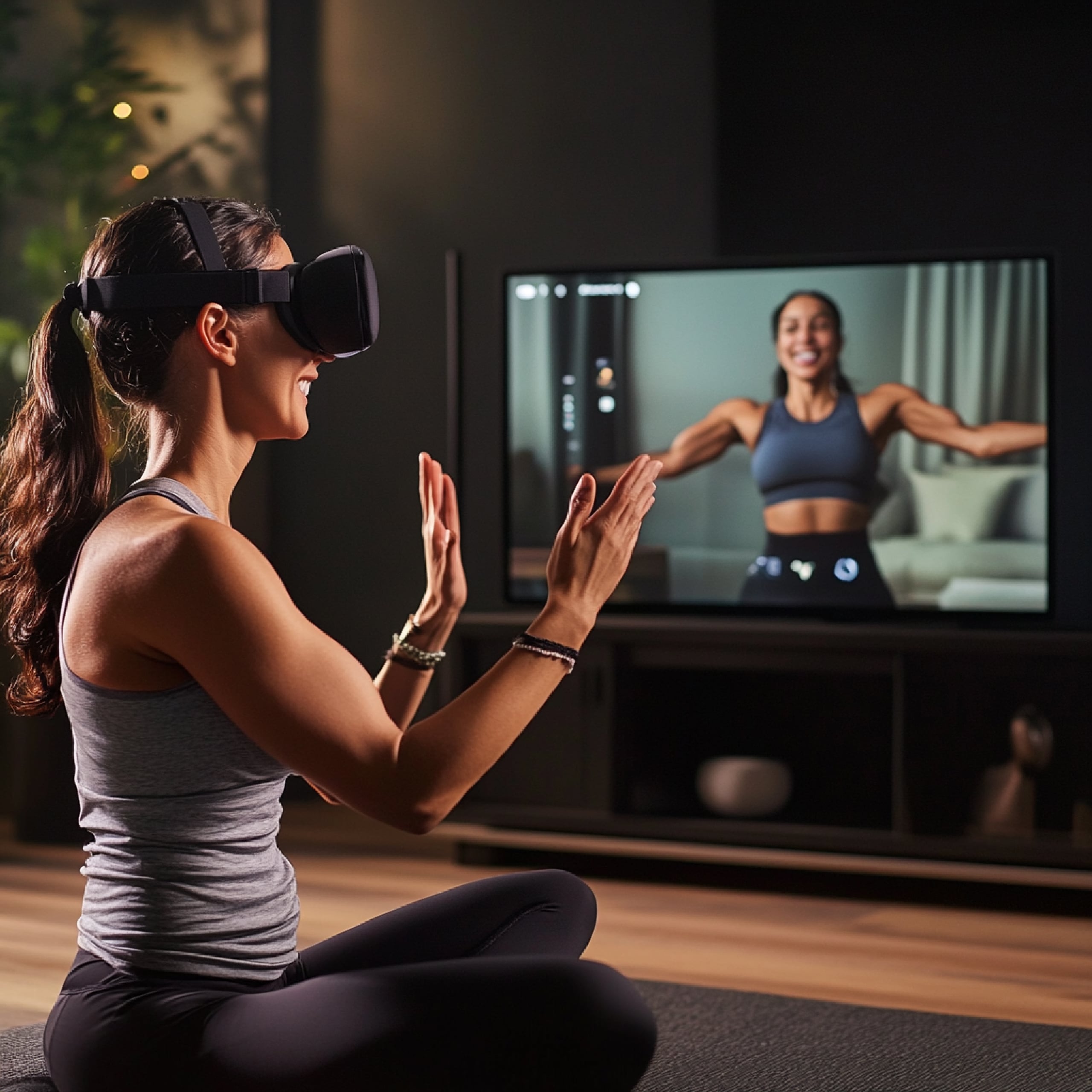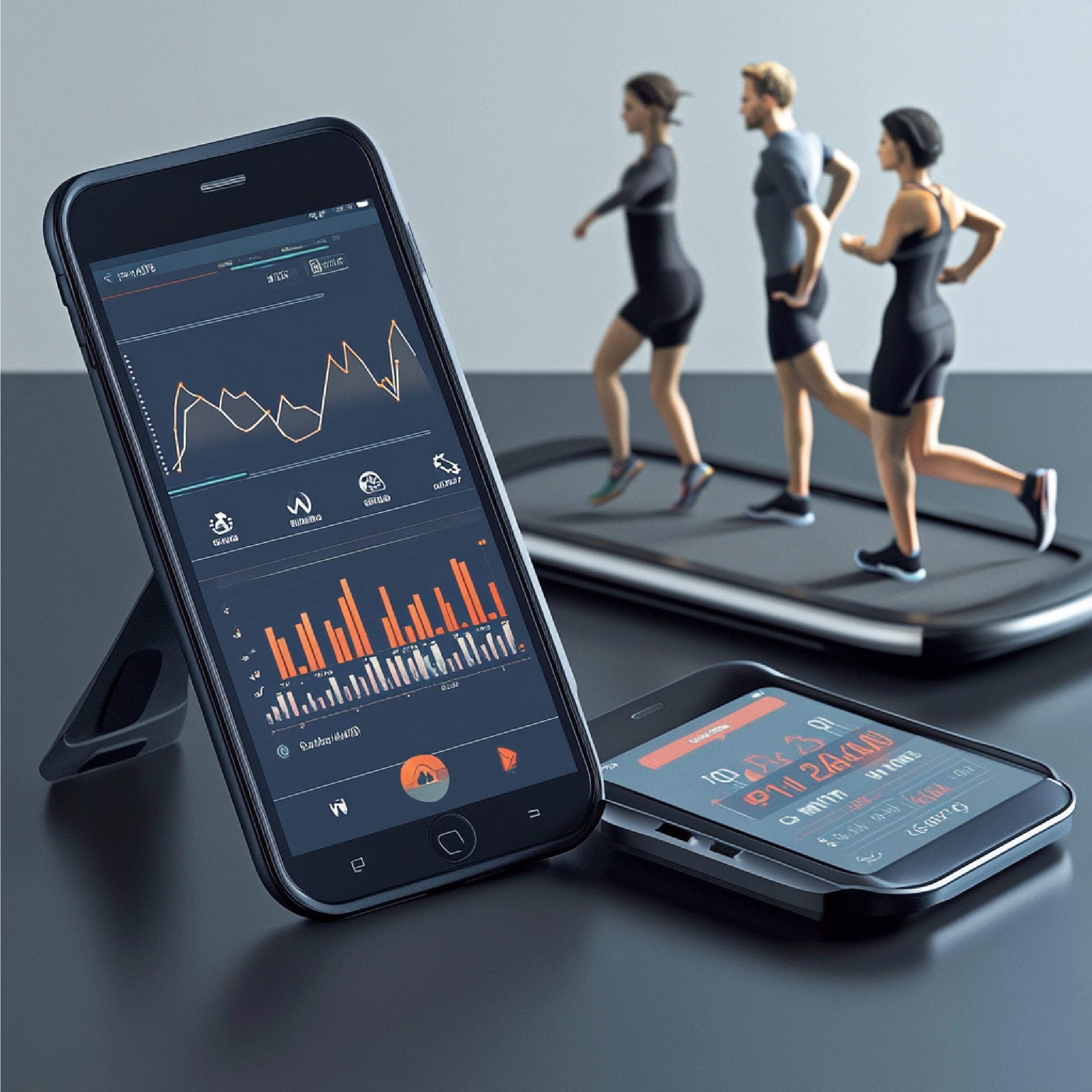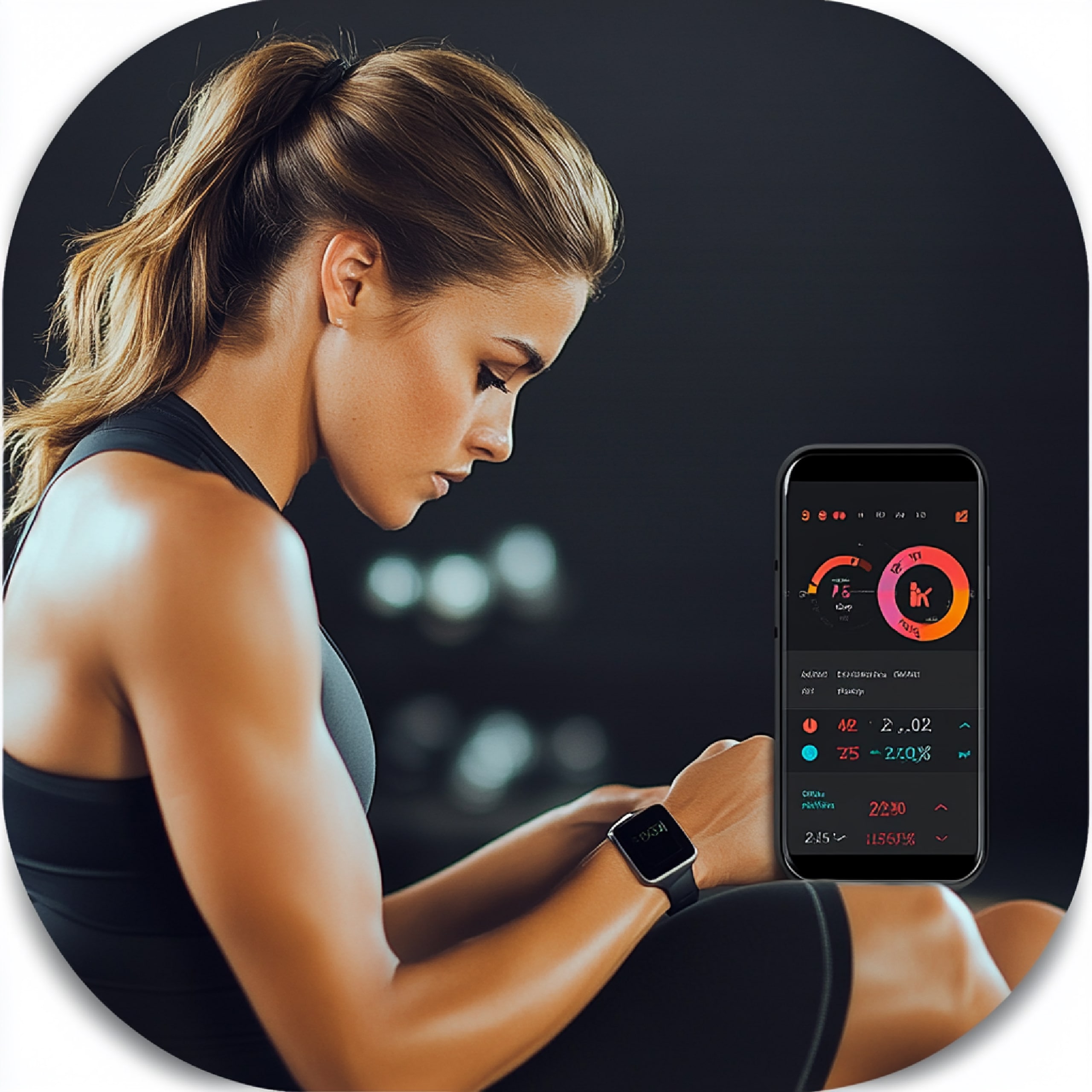
The Rise of Connected Fitness: Smart Equipment & Virtual Coaching
The fitness industry is undergoing a technological revolution with the emergence of connected fitness, a trend that combines smart equipment with virtual coaching. This innovation has transformed the way people exercise, providing personalized, data-driven experiences that were once only possible in professional gyms. From interactive treadmills to AI-powered workout apps, connected fitness is redefining how individuals achieve their health and wellness goals.
Smart Equipment for Personalized Workouts
Smart fitness equipment, such as treadmills, stationary bikes, and rowing machines, is equipped with sensors and connectivity features that track performance in real time. These devices monitor metrics like heart rate, calories burned, distance, and speed, offering users instant feedback. Many machines also adjust resistance or incline automatically based on the user’s performance or a programmed workout plan. This personalization ensures more effective and efficient training, helping individuals reach their goals faster while minimizing the risk of injury.
Virtual Coaching and Interactive Classes
Virtual coaching has become a key component of connected fitness. Users can access live or on-demand classes led by professional trainers, from yoga and Pilates to HIIT and strength training. Interactive platforms provide real-time guidance, track progress, and adjust routines based on performance. The combination of smart equipment and virtual coaching allows users to experience the benefits of a personal trainer at home or in a hybrid gym setting, making fitness more accessible and engaging.
Gamification and Community Engagement
Connected fitness platforms often incorporate gamification and social features to increase motivation. Users can participate in challenges, earn badges, compete with friends, or join global leaderboards. This sense of community and competition encourages consistency and makes workouts more enjoyable. Additionally, online forums, chat features, and virtual group sessions help build a supportive environment, which is critical for sustaining long-term fitness habits.
Conclusion
The rise of connected fitness is transforming the health and wellness landscape by combining smart equipment with virtual coaching and community engagement. This trend offers personalized, interactive, and motivating experiences that cater to today’s tech-savvy fitness enthusiasts. As more people embrace these innovations, the future of fitness will increasingly revolve around data-driven training, convenience, and digital connectivity, empowering individuals to achieve their goals anytime, anywhere.













Post Comment